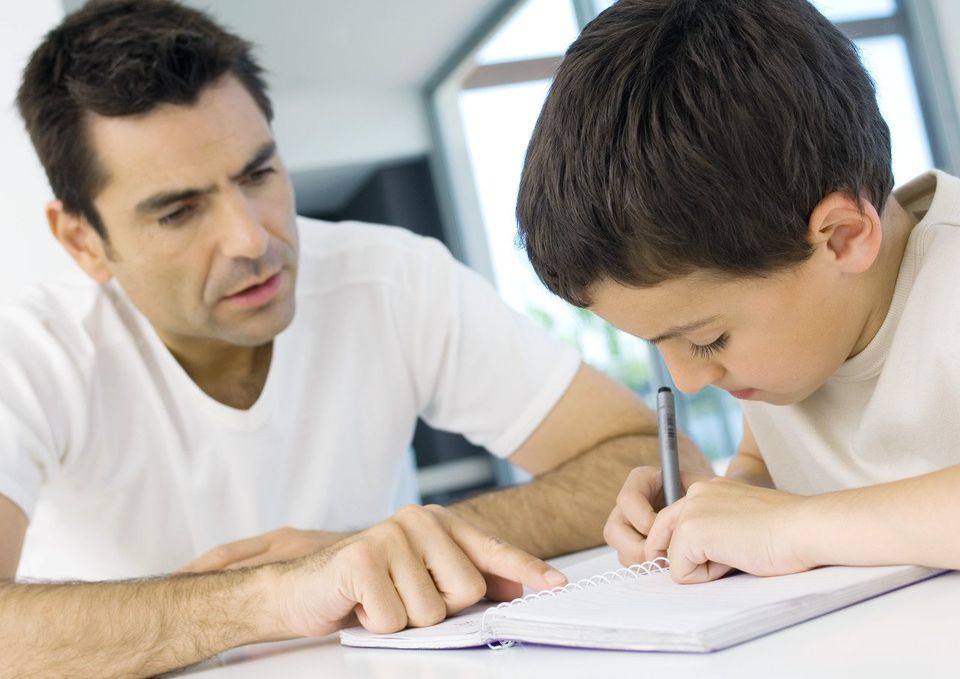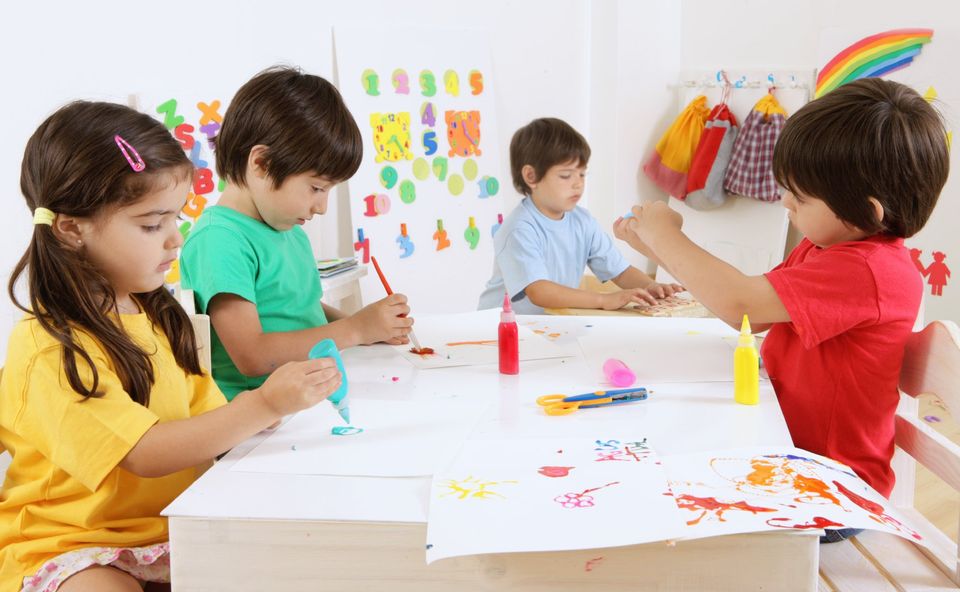A monthly class from one Saturday a month with a duration from October to July 2021.
This course will take place one Saturday a month starting on October 17 (the Saturday calendar will be communicated at the beginning of the course).
Its hours will be from 10.00 to 14.00 hours on the ZOOM platform.
AGENDA OF THE GRAPHICS TEST COURSE
This Course offers all the necessary information to interpret the drawings of adults and learn aspects related to their character and feelings, aptitudes, couple-family situation and internal problems that are sometimes difficult to know through an interview or questionnaires.
Nowadays anyone, even if they cannot write, is capable of drawing some shapes, better or worse quality drawings, and with this they will be exposing their interior.
As you can see, when we draw, we manifest ourselves the same as we do when speaking, gesturing, writing ... and we will be showing our personality, even if we are not aware of it.
PART ONE - ADULTS
1. INTRODUCTION.
2. GENERAL INTERPRETATIONS: Like the situation on the blade, size, pressure, etc.
3. TEST OF THE TREE: Where you can see general aspects of the personality as well as traumas or
internal conflicts.
.
4. THE HOUSE TEST: This drawing reflects the feelings about the intimate environment.
5. TEST OF THE PEOPLE: We will see how to face social relations.
6. MACHOVER TEST (Human Figure): It is the clearest reflection of the person who draws, with deep feelings about himself.
7.- TEST OF THE PERSON UNDER THE RAIN: The person is seen in their environment, in adverse situations.
8. COUPLE TEST: Affective relationships and reflection of feelings towards the couple.
9. SEA HORIZON TEST: The march of life, projects and their direction.
10. TEST OF THE STARS AND THE WAVES: The world of affections and the differentiation between the earthly and the intellectual.
11. THE UNCONSCIOUS SCRATCHES: Clear reflection of the way we feel at a specific moment.
PART TWO - CHILDREN
1. INTRODUCTION.
2. THE PRESCHOOL SCRIPT: Evolution of scribbles since the child begins to draw lines.
3 THE EVOLUTION OF THE HUMAN FIGURE: Maturity of the child through drawing according to the elements included in the drawing of the person.
4. GOODENOUGH TEST: How to assess the IQ through a child's drawing.
5. INTERPRETATION OF THE COLORS: Each color has connotations of the child's personality and the general interpretations of each of them will be seen.
6. THE TEST OF THE TREE: Some enlargements in children.
7. THE HOUSE TEST: Some interpretations that are seen in the children's drawings.
8. CORMAN'S FAMILY TEST: The child invents a family that is the reflection of the one he would like to have (his ideal family).
9. KINETIC FAMILY TEST: Draw your whole family and see the relationships between all the members that compose it.
10. FUNGUS TEST: For cases in which the child does not want to draw his family.
11. FREE DRAWING AND ITS INTERPRETATION: Any drawing that the child makes serves to discover his interior. It matters what you draw and how you do it.
12. ANIMAL DRAWING TEST: Another way to assess maturity in the child.
13. AGGRESSIVENESS IN THE DRAWING: Assessment of the elements that indicate aggressiveness and channeling it.
14. PROBLEMS PERCEIVED IN THE DRAWING: Signs that indicate a problem in the child's development.
PRACTICAL EXERCISES
- A format is provided with instructions on how to perform Personality Reports.
- Throughout the course there will be practices on all the Tests that will be handled.
- A complete report will also be made with all the drawings that are learned throughout the course, in order to know the mechanics and form of presentation of the end-of-course work, as well as to be able to use it in professional practice.
- COMPULSORY WORK:
A final work must be submitted that will consist of a complete report on the drawings of a person chosen by the student (For this, it will be necessary to collect all the drawings of that person)
EXAM: An examination on the contents of the agenda will be held in July. It will consist of a theoretical exercise and a practical exercise.










